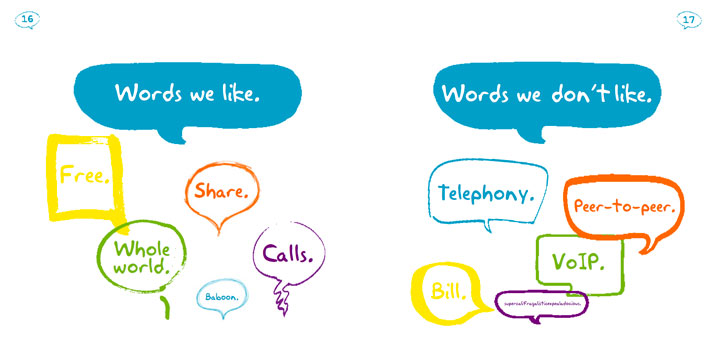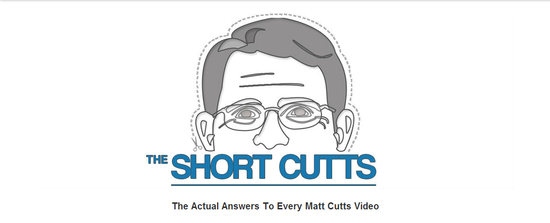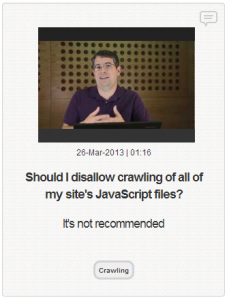Great content can do just about anything you want it to. You want to draw in more visitors? They’ll come for quality content. Need more conversions? Get some great content. In the best cases, it can go viral. But how do you know what great content is? How do you know what the public wants?
The internet is so insanely populated with content at this point that it is just getting harder and harder to stand out. There are many lists like this one, and they offer different opinions in different ways, but what makes one of those articles more attractive than all the others? It answers people’s needs.
That sounds so incredibly basic that many would say there’s no way it is the whole story, but in reality answering to people’s needs is much harder than you think. There are no guaranteed right answers, and the only way to truly know if you gave the public what they want it to get it out there, but you can get some hints beforehand, if you look in the right places.
Jason DeMers shared some ways you can find out what your target audience is looking for and create the content they need. If you want your content to stick out from the rest, you need to know how to understand your audience.
- Competitors’ Forums – This slightly controversial method is also one of the easiest ways to get in the mind of your target audience, and it is definitely one of the easiest. Just find the competitor in your field with the best web presence, and keep tabs on what their audience is interested in and responding to. Of course, some argue that this leads to blatant copying or spylike business practices, and I suggest discretion with the tactic, but if you are looking for a quick way to find out what your market wants, this will show you.
- Comments Sections – Just like your competitors’ forums, any place where your audience can directly interact with you offers boundless opportunities to find out what they want and need. Comments sections on your own website, as well as others out there like Reddit, are filled with people looking for solutions, and they are often vocal about looking for it. If you keep your eye on places where the public is interacting, you should be able to easily discern what is on their minds.
- Surveys – Where comment threads create an open forum feeling of interaction, surveys allow your audience to speak directly to you and tell you what they want and need. You don’t even have to do your own survey if you don’t have the resources. Just keep your eyes on other public surveys going on. They are everywhere, just look in your daily newspaper.
- Product Forums a.k.a. the Support Boards – If you have a niche product and people are looking for support solutions, chances are there is a support board going on somewhere filled with people voicing their problems and opinions all at the same time. In the best situation, you run these boards and can create some good PR while also helping customers and monitoring their interests simultaneously but even if your customers are using a public forum, you can benefit from listening in.
The public is often very open about their feelings and desires, you just have to go where they are voicing them. The internet offers many popular options, and it is easier than ever to keep tabs on what your target audience is thinking. There isn’t any excuse to ignore their needs.









